Graceful, furry, and endlessly captivating, otters have truly earned their place as one of the world’s most beloved animals. Whether you’ve watched viral videos of them holding hands or observed them gliding through rivers during a nature walk, their charm is irresistible. But beneath the surface of their playful antics lies a fascinating world of unique behaviors and adaptations. So, what exactly makes otters melt hearts worldwide?
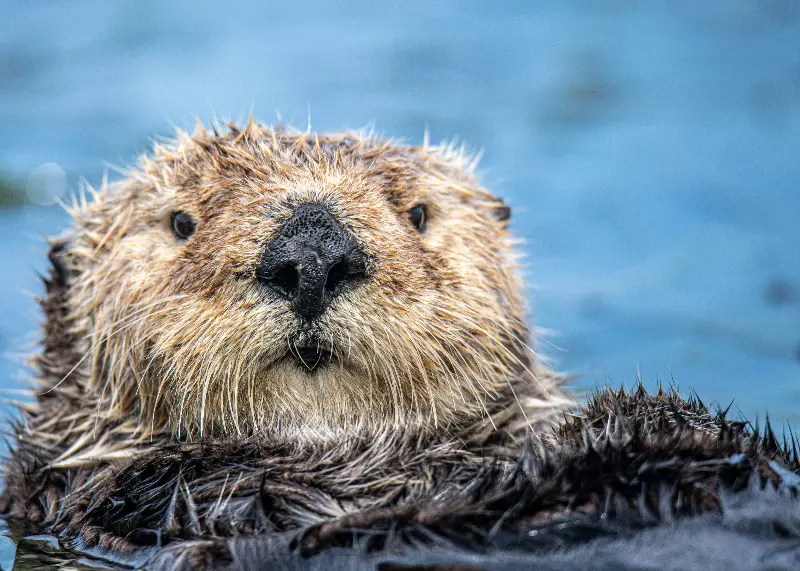
Otter Appeal: A Bundle Of Whiskers And Wonder
Otters possess a combination of attributes that make them almost universally adored. Their expressive, curious faces, accentuated by prominent whiskers and round, alert eyes, seem purpose-built to catch our attention. Their compact bodies, sleek fur, and agile movements give them a perpetual air of youthfulness—think of them as the eternal youngsters of the animal kingdom.
But perhaps nothing sums up their charm more succinctly than their social nature. Unlike many other members of the mustelid family, some otter species, like the sea otter, spend significant parts of their lives in groups, engaging in activities that mirror familiar human behavior. Watching otters play, care for their young, or even simply rest together reinforces the sense that these creatures share a deep emotional bond, not just with each other, but with us as observers.
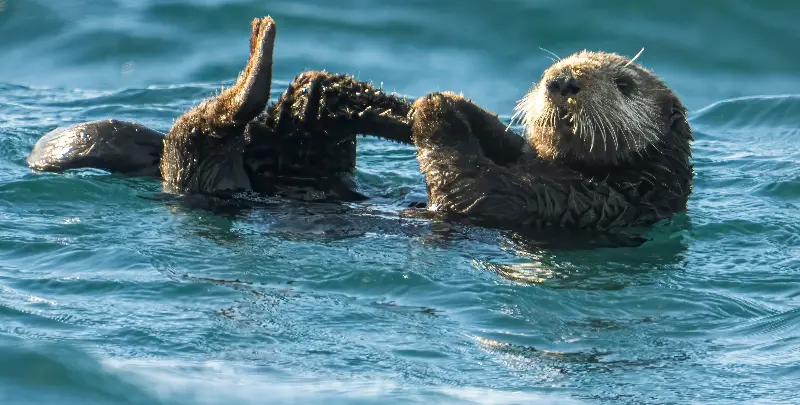
Inside The Otter’s Aquatic Lifestyle
Otters are genuine masters of their watery realms. There are thirteen distinct otter species spread across the globe, ranging from the diminutive Asian small-clawed otter to the formidable giant otter of South America. Despite their differences, all otters have evolved to thrive in aquatic environments. Their dense, water-repellent fur offers them vital insulation, while webbed feet and streamlined bodies allow them to zip through water with ease.
Sea otters, for example, rarely leave the ocean; they sleep, eat, and even give birth at sea. Remarkably, they use their chests as dining tables while floating on their backs, manipulating food and tools with nimble forepaws. River otters, on the other hand, are equally comfortable darting across land as they are swimming, making them versatile hunters in both environments.
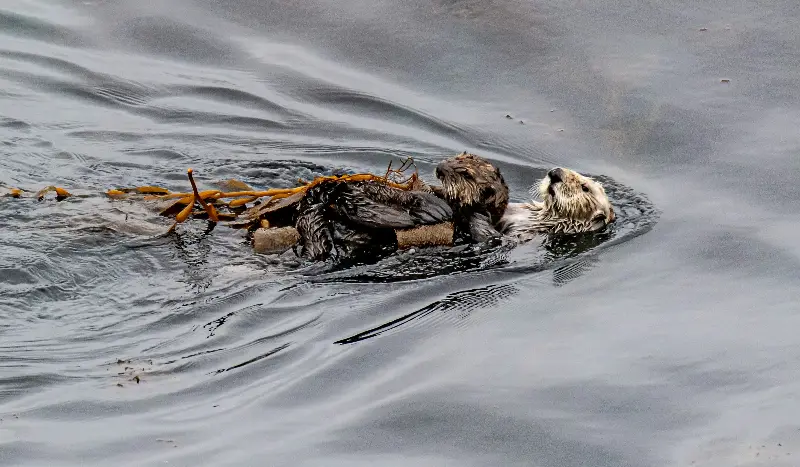
Famous For Playfulness And Problem-Solving
Otters are often lauded as the “clowns” of the animal kingdom, and for good reason. Their playful nature isn’t just endearing—it’s essential to their survival. Young otters practice hunting techniques and social skills through play, chasing, wrestling, and sliding down muddy banks or snow. Adults, too, often appear to play with rocks or create underwater bubble trails. Some researchers believe this play helps sharpen their dexterity and problem-solving skills, giving them the edge when foraging for food or navigating complicated habitats.
Their intelligence also sets them apart from many other mammals. Sea otters are one of the few non-primate animals known to use tools. They skillfully use rocks to open shellfish, a behavior that has been observed across generations. In captivity, otters have demonstrated an ability to solve puzzles, manipulate locks, and even recognize themselves in mirrors—an indicator of advanced cognition.
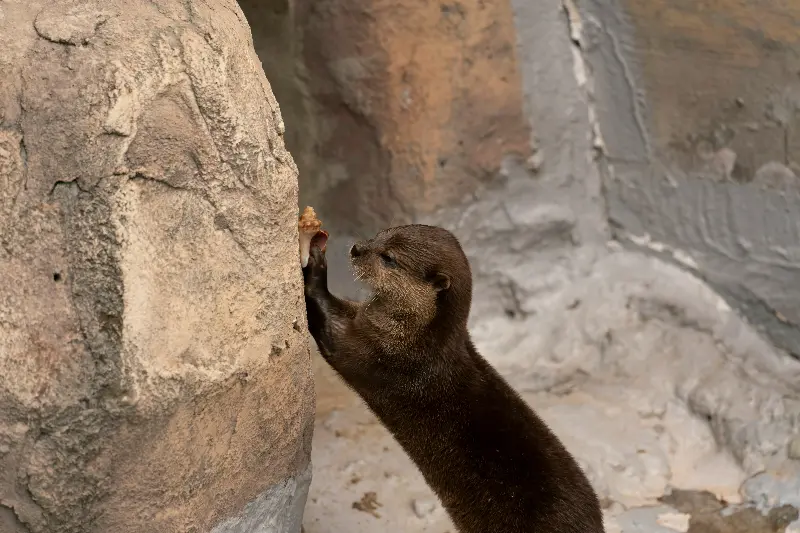
Nurturing Families And The Power Of Togetherness
Family is everything to otters. Species like the North American river otter often live in groups of related females and their young, cooperating in everything from hunting to den-building. The mother otter is a paragon of parental dedication, fiercely protective of her pups, which are born blind and helpless. She carries them from place to place, teaches them to swim, and patiently instructs them in the art of catching prey—a learning process that can take up to eight months.
Sea otters are particularly famous for their habits of holding hands, technically called “rafting.” Floating together in groups called rafts, they link paws to avoid drifting apart while they nap. This behavior plays a crucial role in maintaining group cohesion and has contributed to their enduring image as symbols of love and affection.
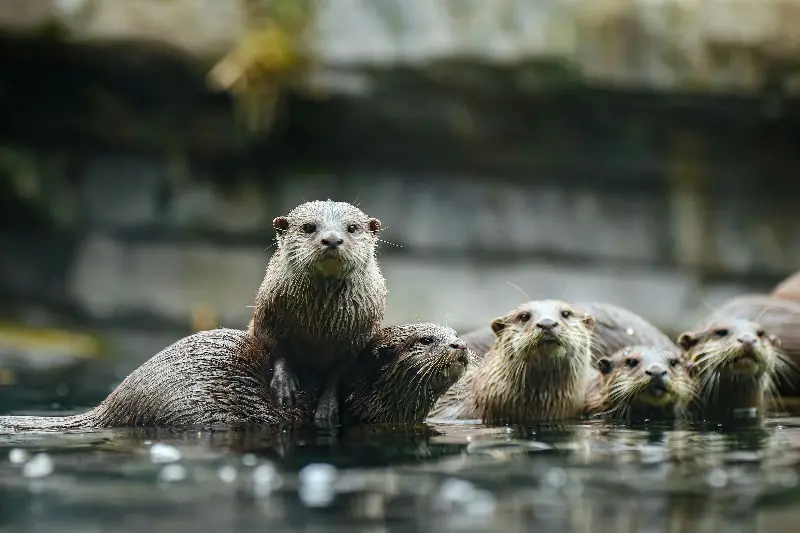
Guardians Of Their Ecosystems
Otters do more than charm us; they play a vital role as ecosystem engineers. By keeping populations of fish, sea urchins, and other prey in balance, otters ensure the health of rivers and kelp forests alike. Sea otters, in particular, are credited with rescuing entire kelp forests from destruction by voracious urchins. Without otters, many aquatic ecosystems would collapse, with ripple effects impacting countless other species.
Their role as ecological guardians means that protecting otters often results in broader environmental benefits. Efforts to reintroduce or safeguard otter populations have sparked the revival of degraded waterways and boosted biodiversity—an outcome that is as good for humans as it is for wildlife.
The Otter Effect: Conservation And Inspiration
Despite their immense appeal, many otter species face serious threats from habitat destruction, climate change, and poaching. Their breathtaking fur once made them targets of the global fur trade, and pollution continues to impact their survival. Fortunately, their universal popularity has made otters effective ambassadors for conservation. Organizations and communities around the world have rallied to restore their habitats, control pollution, and educate the public about their importance.
Otters have inspired folklore, art, and stories in nearly every culture lucky enough to host them. From myths in Native American legend to their central place in Asian river folklore, otters symbolize playfulness, resilience, and harmony with nature. Their captivating antics online continue to gather millions of fans, turning awareness into action in the fight to protect these precious creatures.
Whether you marvel at their acrobatics in the wild or smile at their viral internet escapades, one thing is clear: otters melt hearts for reasons both obvious and deeply profound. Their secret lives invite us beneath the surface—reminding us of the beauty, intelligence, and interconnectedness of our world.
